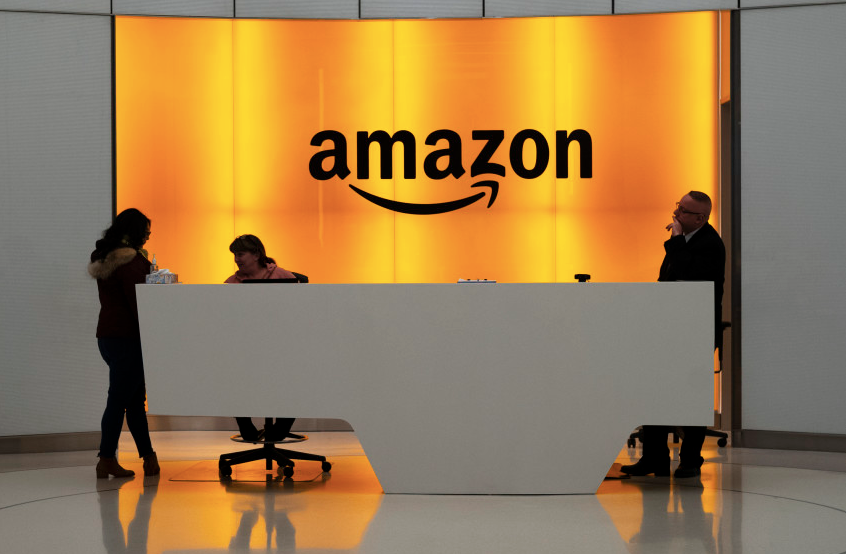|
Getting your Trinity Audio player ready...
|
During the first quarter of this year, Amazon Web Services (AWS) generated $21.4 billion in revenue, marking a growth rate of 16%. While these figures are still impressive, they pale in comparison to the 37% growth rate recorded the previous year. As businesses strive to save money by reallocating spending or reducing unnecessary features, Amazon’s cloud services unit is facing short-term headwinds.
In the wake of the pandemic, Amazon witnessed a surge in its online commerce business. However, even as the company’s sales began to slow down, it relied on its highly profitable cloud services arm, Amazon Web Services (AWS), to maintain its revenue stream.
But now, even AWS is feeling the pressure as companies trim their expenses amidst concerns of high inflation and a potential recession on the horizon. This cautious approach towards cloud costs has resulted in a slowdown for one of Amazon’s most lucrative businesses.
To address these challenges, AWS is hosting a two-day security-focused cloud conference in Anaheim, California. The event aims to showcase Amazon’s cloud offerings to its existing clients as well as potential companies interested in utilizing its extensive network of servers worldwide. Despite being the market leader in the cloud arena, Amazon is grappling with the trend of businesses opting for multiple cloud providers rather than relying on a single vendor, which can hinder AWS’ growth rate.
While competitors like Google and Microsoft have also experienced some slowdown, they have an advantage over Amazon in terms of continued growth. As a market leader, Amazon faces additional hurdles in expanding its customer base. Moreover, the company’s core e-commerce business is witnessing declining growth following the COVID-19 boom, adding to the challenges it currently faces.
Despite the slowdown, analysts predict that AWS will remain a significant long-term revenue driver for Amazon. Many companies find it financially impractical to run their own data centers, given the high costs associated with equipment and real estate. Recognizing this, Amazon continues to invest heavily in cloud infrastructure, with plans to spend over $12 billion in India by 2030.
Another area of interest for AWS is generative AI, which has gained popularity in recent times. While Amazon lags behind competitors like Microsoft and Google in this field, it aims to attract developers to build generative AI applications on its cloud infrastructure.
Amazon is simultaneously grappling with challenges in the grocery sector, where it is striving to gain market share through initiatives like Amazon Fresh and Go convenience stores and its acquisition of Whole Foods. The company has faced setbacks and store closures, prompting analysts to call for a focus on core areas like AWS and a more decisive approach to Amazon’s physical retail business.
As Amazon navigates these challenges, it remains to be seen how the company will maintain its growth trajectory and effectively leverage its cloud services in an evolving market landscape.



